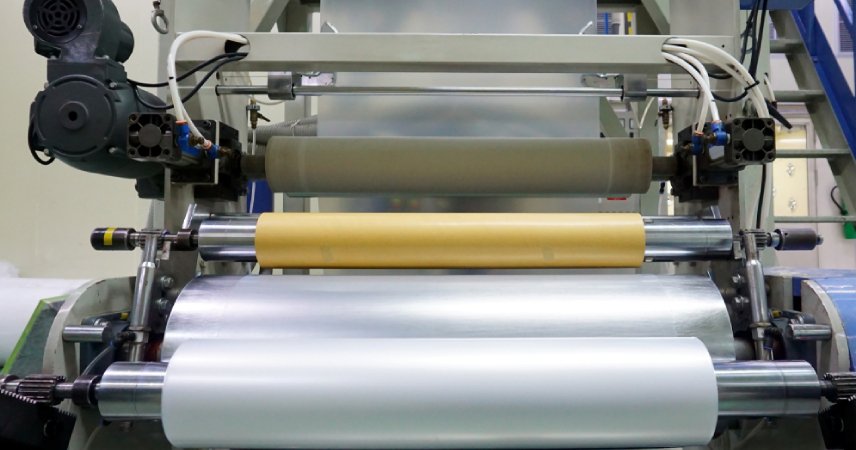Introduction
In the modern packaging industry, manufacturers are constantly seeking films that are strong, crystal-clear, and cost-effective. While polyethylene (PE) films dominate the market, polypropylene (PP) films are gaining attention due to their excellent clarity, gloss, stiffness, and heat resistance. One of the most innovative methods of producing PP films is the PP-TQ (Polypropylene – Tubular Quench) Blown Film Plant. This advanced technology is specifically designed to overcome the limitations of conventional blown film methods for polypropylene. In this blog, we’ll explore what PP-TQ blown film is, how the plant works, its applications, advantages, and why it’s considered the future of PP packaging.
What is a PP-TQ Blown Film Plant?
A PP-TQ Blown Film Plant is a specialized extrusion system used to manufacture biaxially oriented polypropylene films through the Tubular Quench (TQ) process. In standard blown film extrusion, polypropylene has poor bubble stability and tends to produce hazy films. The TQ process addresses this by:
Quenching the film tube quickly with a water bath or air cooling system.
Flattening and reheating the tube for orientation.
This results in clear, stiff, and glossy films ideal for high-end packaging applications.
Working Principle of PP-TQ Blown Film Plant
Extrusion – Polypropylene resin is fed into the extruder, melted, and homogenized.
Die Head & Film Formation – The molten PP is extruded through a circular die to form a thin tube.
Quenching – Unlike conventional blown film, the tube is immediately quenched (rapidly cooled) using a water bath or specialized air ring to stabilize the film and improve clarity.
Reheating & Orientation – The quenched tube is reheated and stretched both transversely and longitudinally, giving the film improved mechanical and optical properties.
Haul-Off & Flattening – Nip rollers pull the film upward, collapsing the bubble into sheets.
Winding – Finished rolls of PP-TQ films are wound for further use.
Applications of PP-TQ Films
PP-TQ films are widely used in industries where clarity, stiffness, and high barrier properties are essential. Common applications include:
-
Food Packaging
Bread, biscuits, snacks, and confectionery wrappers.
Frozen food packaging. - Pharmaceutical Packaging
Medical pouches and protective films. - Textile & Garment Packaging
Transparent garment bags, textile overwraps. - Stationery & Consumer Goods
Book covers, office supplies wrapping. - Industrial Applications
Lamination base films.
High-clarity protective films.
Advantages of PP-TQ Blown Film Plant
High Transparency & Gloss – Superior clarity compared to PE films.
Excellent Stiffness – Keeps packaging rigid and attractive.
Better Heat Resistance – Suitable for hot filling and sterilization.
Superior Printability – Smooth surface allows high-quality printing.
Moisture Resistance – Protects food and pharmaceuticals effectively.
Lightweight Yet Strong – Reduces material use while maintaining durability.
Recyclability – PP is eco-friendlier compared to many alternatives.
Choosing the Right PP-TQ Blown Film Plant
When investing in a PP-TQ plant, consider:
Output Capacity – Match production scale (kg/hr).
Film Width & Thickness – Based on packaging application.
Cooling System – Efficient water/air quench system for clarity.
Automation – PLC controls and auto winding improve efficiency.
Die Technology – Advanced die heads ensure uniform film quality.
After-Sales Support – Essential for smooth long-term operation.
Future of PP-TQ Films
With growing demand for eco-friendly and recyclable materials, polypropylene films are becoming more popular than multi-material laminates. PP-TQ plants enable manufacturers to produce cost-effective, recyclable, and high-performance films, making them a sustainable alternative to PE and multi-layer packaging.
As printing, lamination, and flexible packaging technologies advance, PP-TQ blown film will continue to play a vital role in food-grade, medical, and premium packaging markets.


